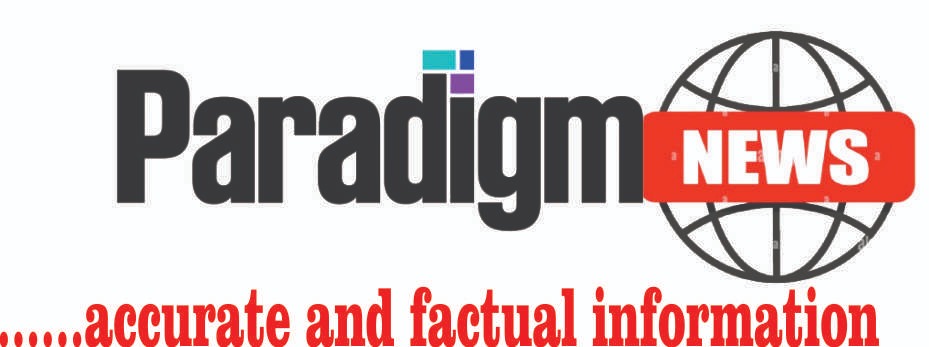Muhammad Jamil Abubakar
The United Nations Children’s Fund (UNICEF) has raised serious concerns over the high rate of malnutrition in Gombe State, revealing that more than 50 percent of children under five are stunted, according to the latest data from the Nigeria Demographic and Health Survey (NDHS) and the Multiple Indicator Cluster Survey (MICS).
Speaking during a two-day advocacy and capacity-building workshop held in Jos, Plateau State, Dr. Nuzhat Rafique, the Chief of Field Office, UNICEF Bauchi, emphasized the urgent need for collaborative efforts to address the worsening nutrition crisis.
MNCHW:UNICEF Supports KNSG With 8,000 Bottles of Vitamin A
The workshop brought together Chairmen of eleven local government areas in Gombe State, Commissioner for Budget and Economic Planning and Commissioner for Agriculture focusing on strategies to improve nutrition and end malnutrition.
Dr. Rafique stated that Nigeria, with its large population, remains one of the leading contributors to the global burden of child malnutrition, particularly in West Africa.
According to the 2024 NDHS and MICS findings Over 50% of children under five in Gombe are stunted, indicating chronic malnutrition, a considerable number of children also experience wasting, a form of acute malnutrition, Micronutrient deficiencies, particularly iron and vitamin A, are prevalent among children and pregnant women.
Jigawa State Government Hands Over 500M RUTF To UNICEF
“Exclusive breastfeeding rates remain low, contributing to early childhood malnutrition”
Dr. Rafique highlighted two key areas of focus involving local government chairmen as decision-makers in strategic investments in child nutrition and promoting behavioural change at the community level through improved cultural practices such as exclusive breastfeeding and the use of diverse, locally available food options.
She commended Gombe State Governor Muhammadu Inuwa Yahaya for contributing to the Child Nutrition Fund (CNF) but stressed that more financial commitment is needed to meet the state’s nutrition needs.
UNICEF, which manages the CNF, explained that donor contributions are matched by state government funds.
However, a ₦4 billion funding gap remains to treat an estimated 54,000 malnourished children across Gombe State.
Each local government is expected to contribute ₦100 million annually, with additional support from the state government required to procure Ready-to-Use Therapeutic Food (RUTF), Small Quantity Lipid-Based Nutrient Supplements (SQLNS), and essential vitamins for pregnant women.
She called on all stakeholders, local government chairmen, state legislators, philanthropists, religious leaders, and community influences to rally resources, including Zakkat funds, to support vulnerable families.
UNICEF is currently working in four local government areas in Gombe, training women to prepare nutritious meals using locally sourced foods, as part of a broader strategy to reduce malnutrition and promote child health at the grassroots level.
Dr. Rafique concluded by reiterating UNICEF’s commitment to supporting Gombe State in achieving its nutrition goals but stressed that sustainable change requires collective action and consistent funding.
